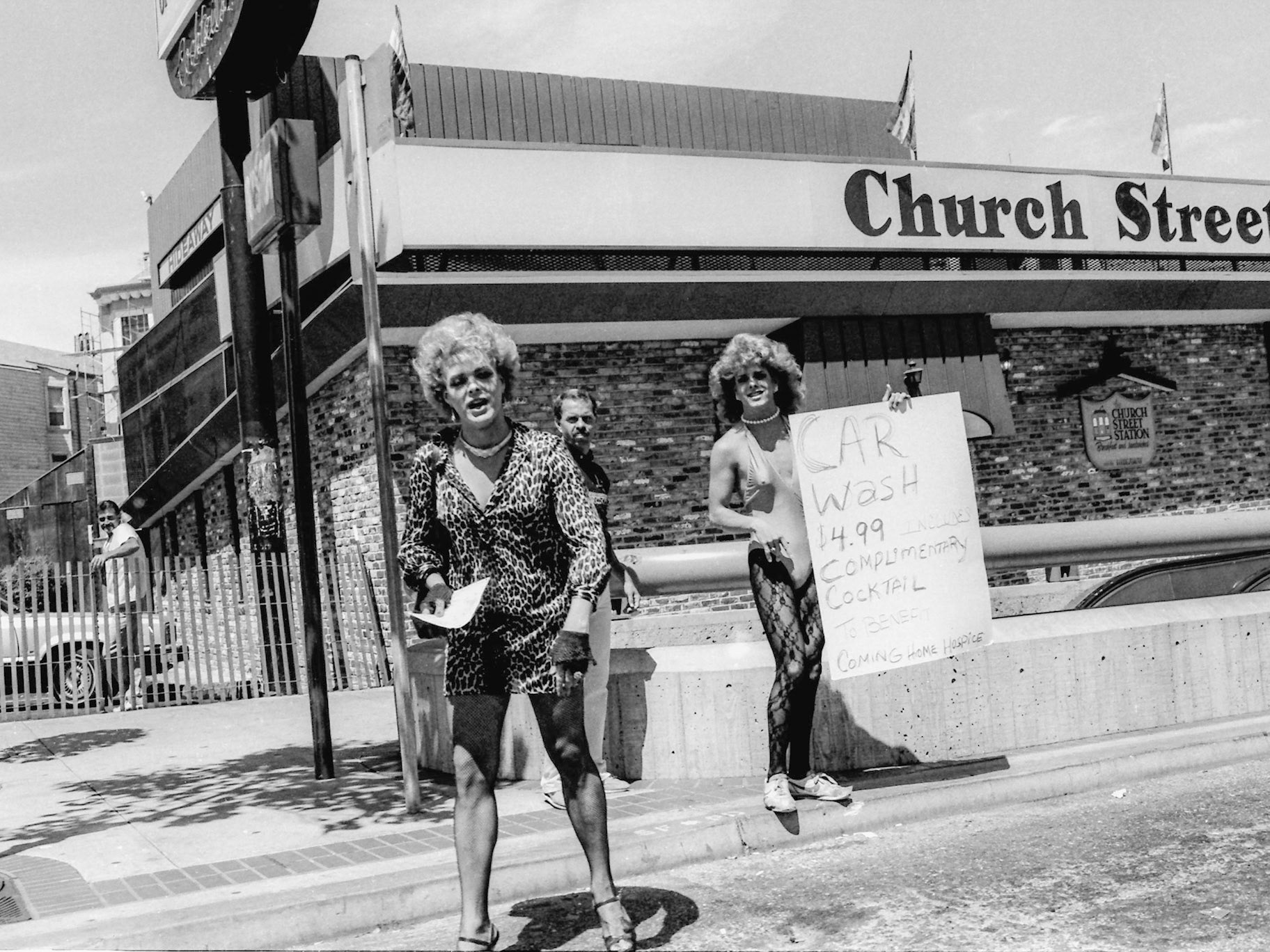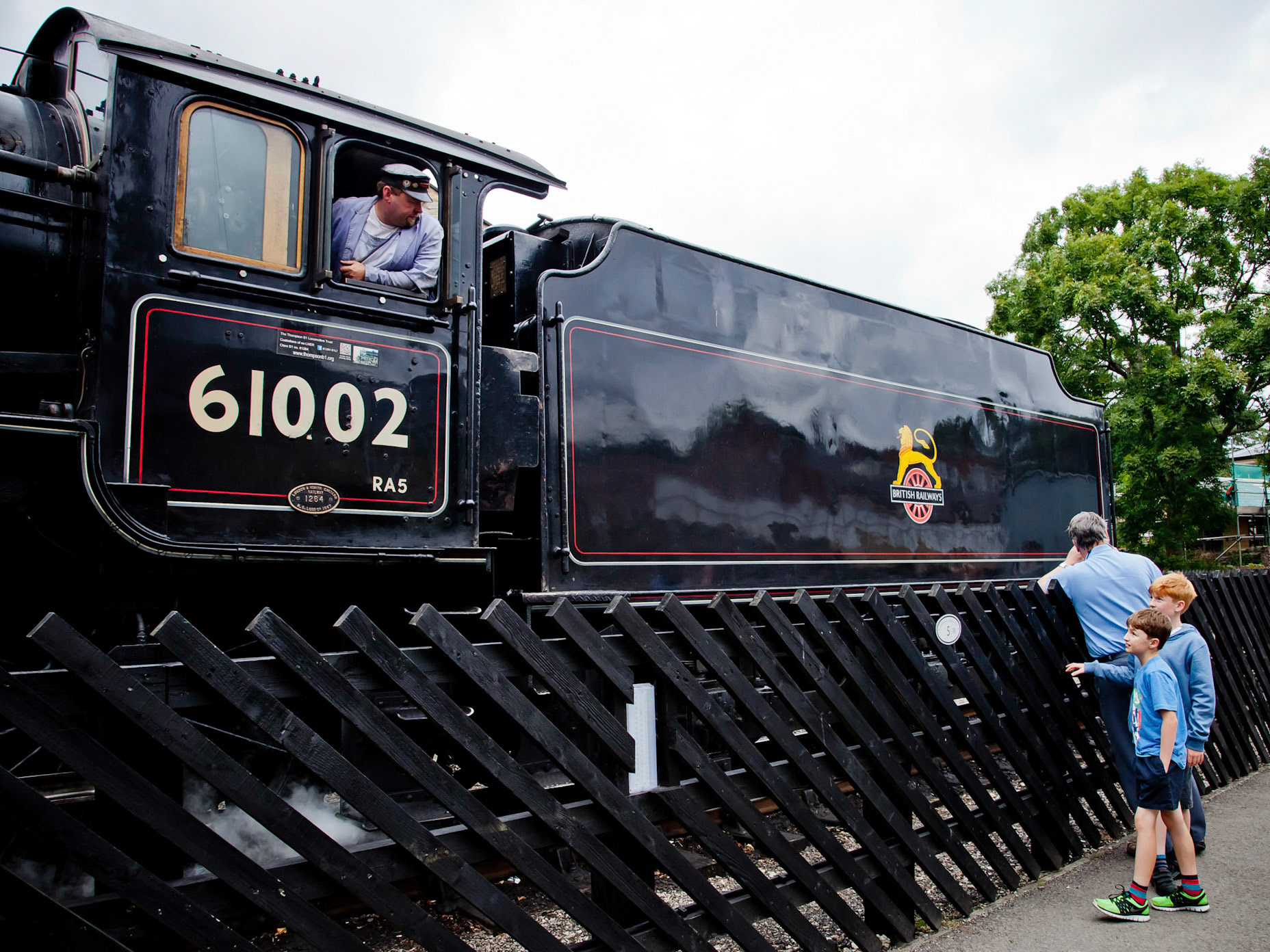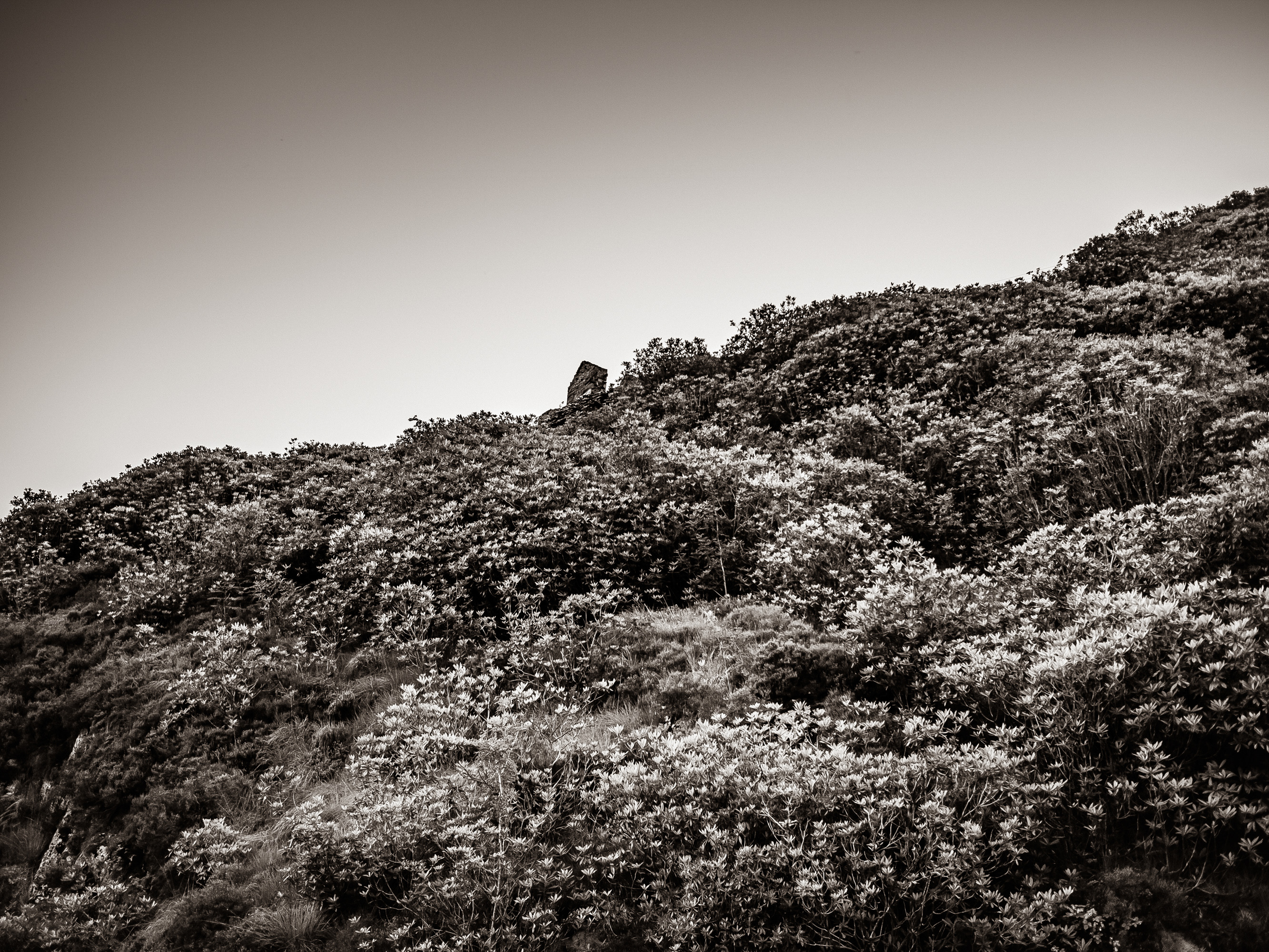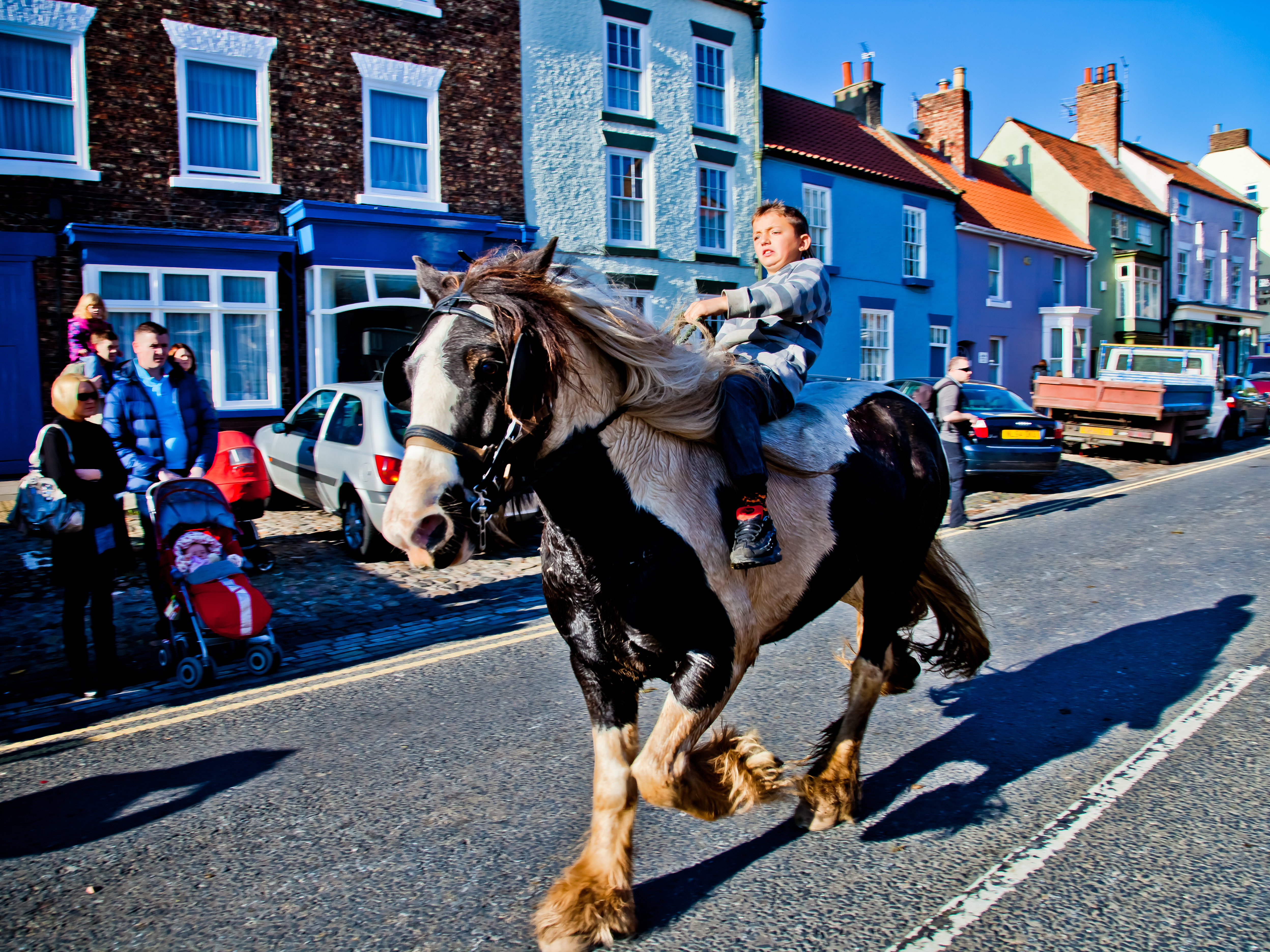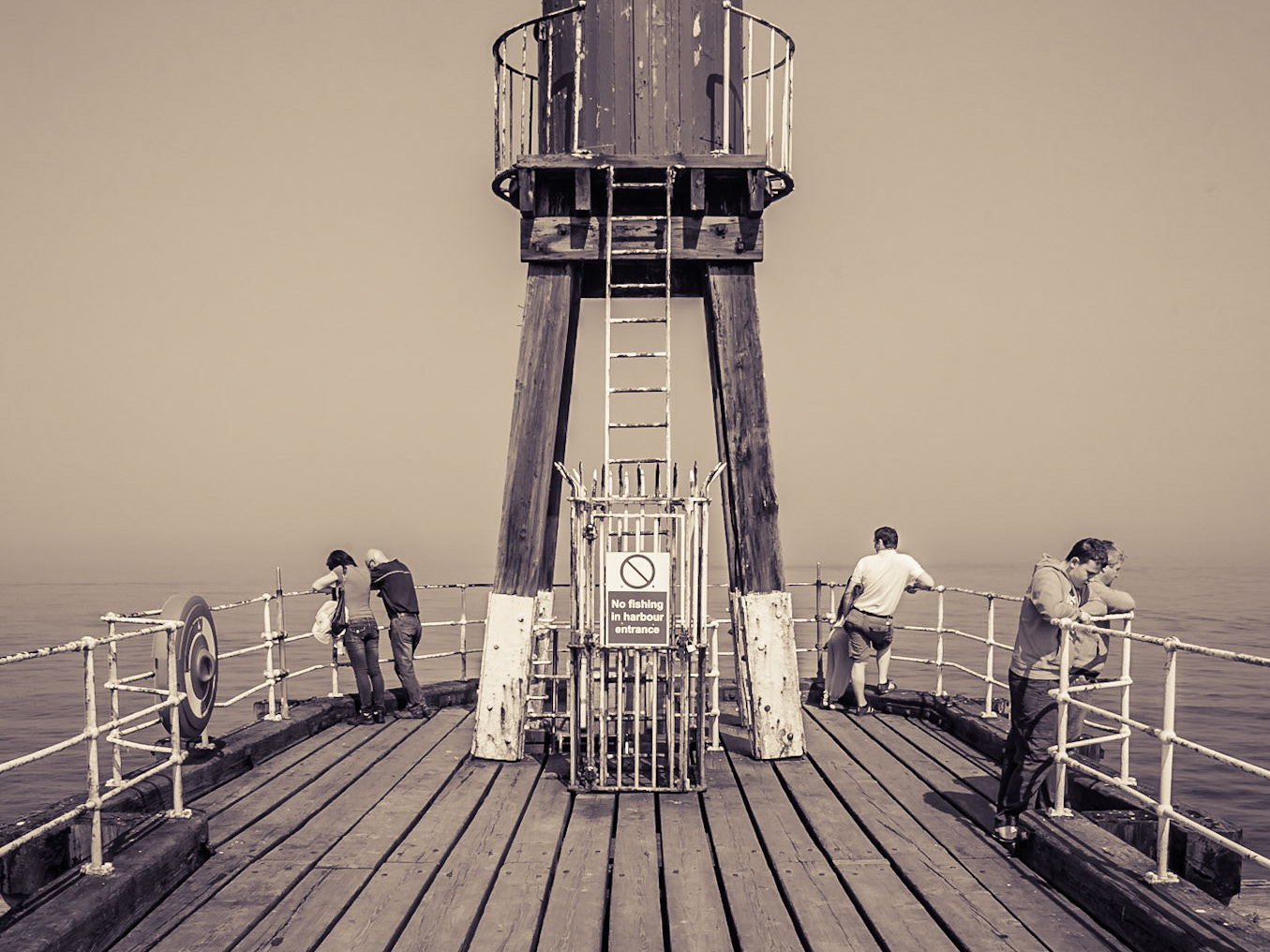Berwick-upon-Tweed is a town in the county of Northumberland. It is the northernmost town in England at the mouth of the River Tweed on the east coast, 4 kilometres south of the Scottish border.
The area was for more than 400 years central to historic border wars between the Kingdoms of England and Scotland, and several times possession of Berwick changed hands between the two kingdoms. The last time it changed hands was when Richard of Gloucester retook it for England in 1482. To this day many Berwickers feel a close affinity to Scotland.
Berwick remains a traditional market town and also has some notable architectural features, in particular its medieval town walls.
Berwick's strategic position on the Anglo-Scottish border during centuries of war between the two nations and its relatively great wealth led to a succession of raids, sieges and takeovers. William I of Scotland invaded and attempted to capture northern England in 1173–74. After his defeat, Berwick was ceded to Henry II of England. It was later sold back to William by Richard I of England in order to raise funds for his Crusade.
In 1296, England went to war with France, with which Scotland was in alliance. Balliol invaded England in response, sacking Cumberland. Edward in turn invaded Scotland and captured Berwick, destroying much of the town and massacring some 20,000 of the inhabitants.
Edward I went again to Berwick in August 1296 to receive formal homage from some 2,000 Scottish nobles, after defeating the Scots at the Battle of Dunbar in April and forcing John Balliol to abdicate at Kincardine Castle the following July. It was at this time that work began on building the town walls (and rebuilding the earlier Castle); these fortifications were complete by 1318 and subsequently improved under Scottish rule. An arm of William Wallace was displayed at Berwick after his execution and quartering on 23 August 1305. In 1314, Edward II of England mustered 25,000 men at Berwick, who later fought in (and lost) the Battle of Bannockburn. Between 1315-18, Scottish armies, sometimes with the help of Flemish and German privateers, besieged and blockaded the town, finally invading and capturing it in April 1318.
England retook Berwick the day after the Battle of Halidon Hill in 1333. In October 1357, a treaty was signed at Berwick by which the Scottish estates undertook to pay 100,000 marks as a ransom for David II of Scotland, who had been taken prisoner at the Battle of Neville's Cross on 17 October 1346. In 1461, Berwick was ceded back to Scotland by Margaret of Anjou on behalf of her husband, Henry VI, in return for help against the Yorkists during the Wars of the Roses.
Robert Lauder of Edrington was put in charge of the castle. He was succeeded in 1474 by David, Earl of Crawford. On 3 February 1478, Robert Lauder of the Bass and Edrington was again appointed Keeper of the castle, a position that he held until the final year of Scottish occupation, when Patrick Hepburn, 1st Lord Hailes, had possession.
In 1482, Richard, Duke of Gloucester (later Richard III) recaptured the town. Thomas Gower was the English marshal of Berwick 1543-1552. The Scots did not accept this conquest as is evidenced by innumerable charters for at least two centuries after this date. Over the course of a little more than 400 years, Berwick had changed hands more than a dozen times.
Photography by Chris J Parker

